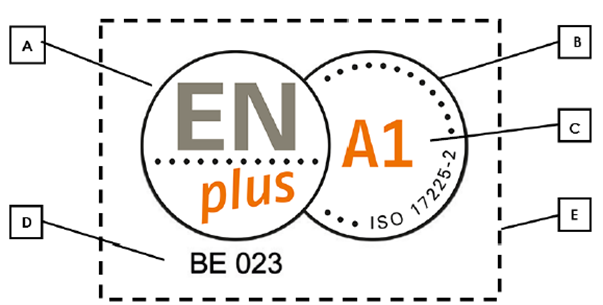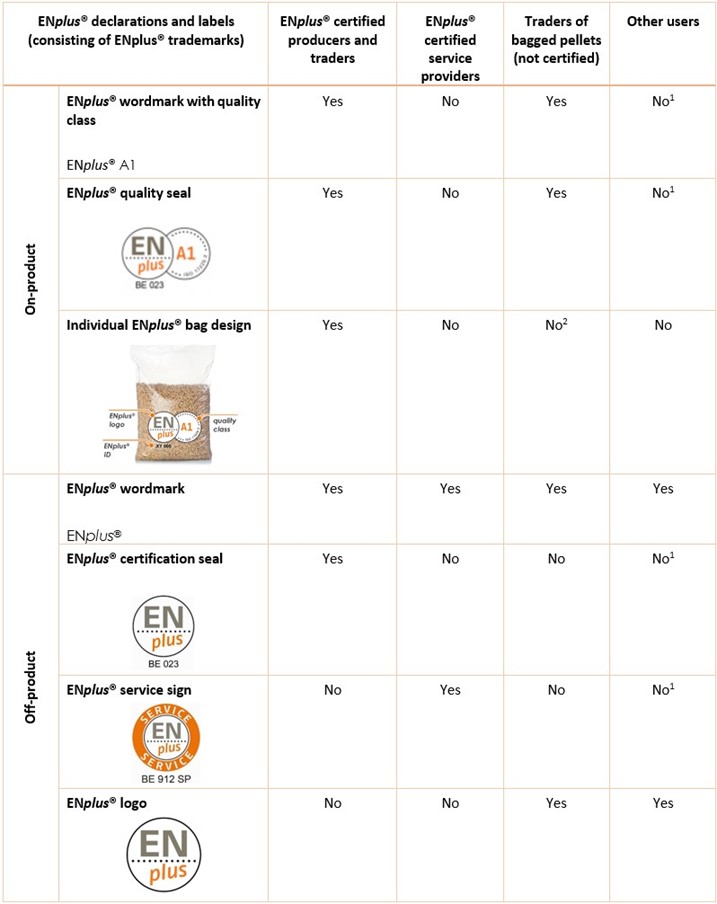What is the certification procedure for becoming certified?
Step 1: Check whether there is a National Licenser in your country. If you are located in a country where there is no National Licenser, please proceed with the next steps and get in contact with us at enplus@bioenergyeurope.org. If you are applying from a country that has a National Licenser, please send it to the relevant country’s contact email available on our website.
Step 2: Select and contract a listed Certification Body.
Step 3: Complete the relevant application form depending on your business model (producer, trader or service provider). The form can be completed electronically with Adobe Reader XI. Once completed, it should be sent to the contracted Certification Body.
Step 4: An inspector from the contracted Certification Body will perform an initial inspection (including all sites), will take a sample for analysis and issue an inspection report based on the findings of the inspection.
Step 5: The independent Certification Body checks if the applying company fulfils with the ENplus® requirements, issues a Conformity Report and submits the document to the applicant as well as to the relevant Scheme Management.
Step 6: If your company fulfils the requirements for certification, the relevant Scheme Management sends an invoice for the license fees based on the projected production/trading figures for the year. The fees will be calculated by applying the fraction of the year remaining to the estimated production/traded amount for the full year.
In case the applying company is the bag design owner, the compliance of the bag design with the ENplus® requirements will have to be approved by the relevant Scheme Management.
Step 7: After the applicant has paid the fees and the bag design has been approved (if applicable), the relevant Scheme Management sends the ENplus® trademark usage toolkit, to the company; the Competent Certification Body provides the certificate. The applying company and the relevant Management sign the ENplus® licensing contract. The company name is then published on all relevant ENplus® websites.
Step 8: The person appointed as the quality manager in your company (your company’s employee) will need to attend the Quality Manager’s training during the first year of certification, and then once every certification period (every 3 years).






